
Blog
Perky Breasts: Understanding Breast Health and Appearance
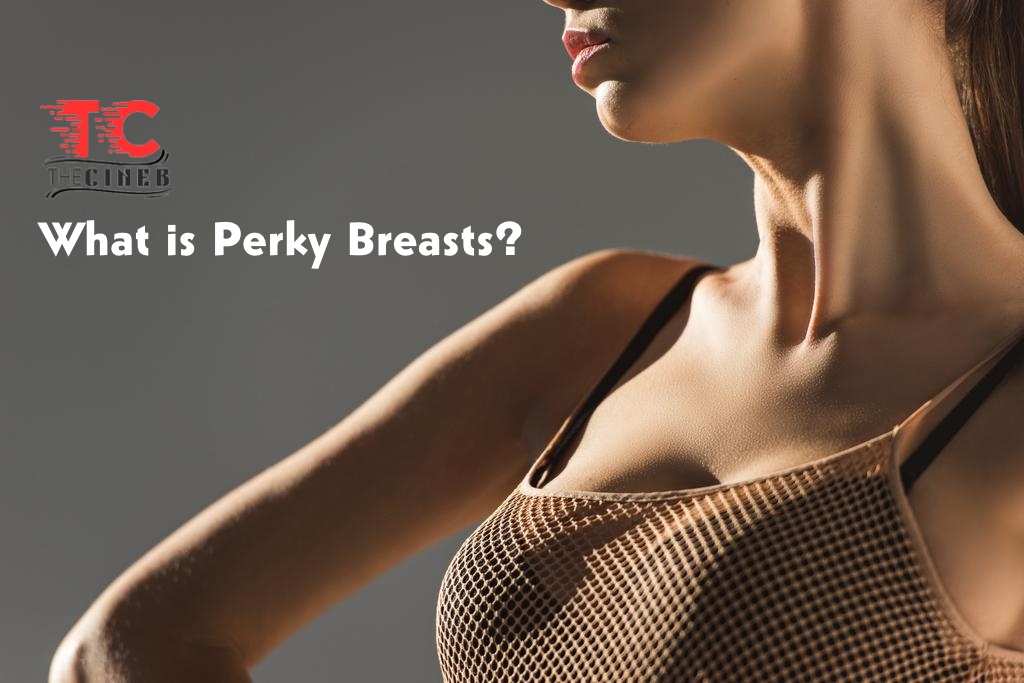
What is Perky Breasts?
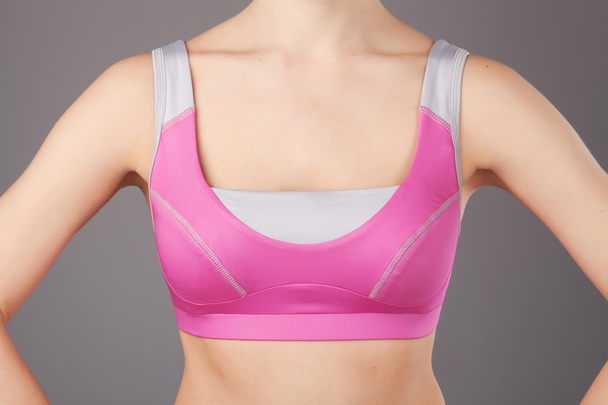
Breast appearance is a complex topic intertwined with health, self-image, societal pressures, and medical options. While perkiness is an aspect of breast aesthetics promoted in popular culture, true breast health encompasses far more. This essay provides an analytical look at the many factors influencing breast appearance and women’s perceptions of their breasts.
Breast Health and Appearance
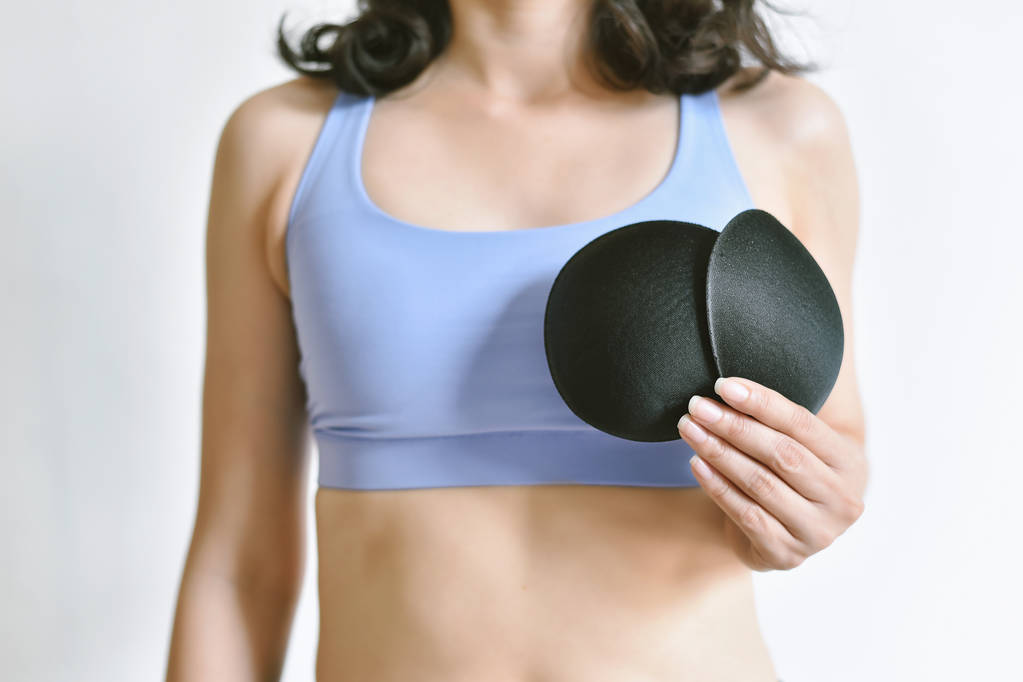
Women’s breasts come in vastly different shapes and sizes naturally. Genetics play a major role in breast size and shape, along with weight fluctuations, hormonal changes, pregnancy, breastfeeding, aging, and other factors. There is no medical definition of “perky” breasts. However, some characteristics associated with perkiness tits include:
- Firmer breast tissue that helps breasts maintain an uplifted position
- Good skin elasticity that prevents excessive sagging
- Fuller upper breast volume that contributes to a rounded shape
These traits are influenced by a complex interplay of breast anatomy, health, and aging processes. Understanding the internal breast structure provides insight into factors affecting appearance.
Anatomy of the Breasts
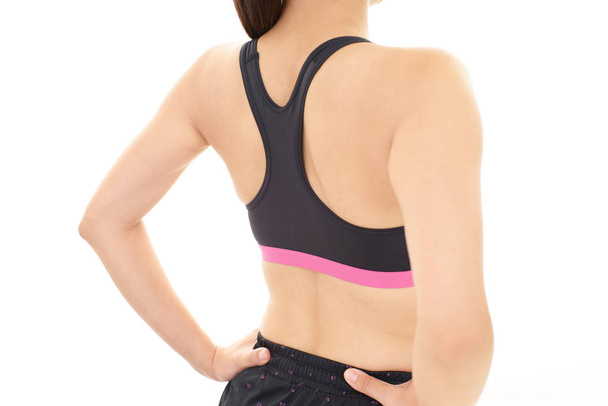
- Glandular tissue: Milk-producing tissue made up of lobes and ducts. Amount and distribution impacts breast shape.
- Fatty tissue: Provides volume and affects breast size/shape. Influenced by weight changes.
- Suspensory ligaments: Cooper’s ligaments provide structural support and prevent sagging. Weaken with age.
- Chest muscles: Underlying pectoral muscles offer foundational support to breasts. Can be strengthened through exercise.
- Skin: Elasticity of breast skin determines degree of sagging. Aging reduces collagen and elastin levels in skin over time.
This anatomy helps explain why factors like genetics, weight changes, hormonal shifts, pregnancy, and aging can influence breast shape, firmness, and perkiness over a woman’s life.
Healthy Habits for Breast Health perky tits
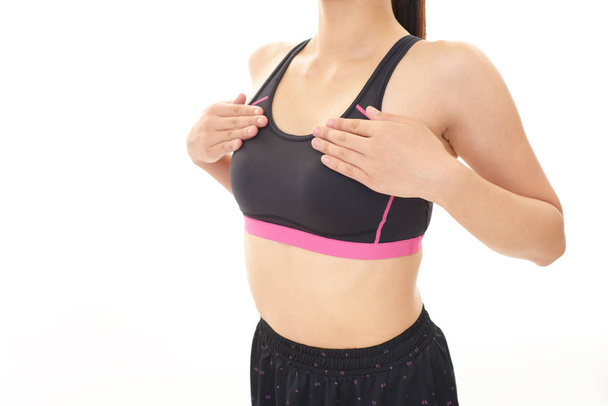
Certain healthy lifestyle habits can contribute to overall breast health and appearance by supporting skin, muscle tone, and breast tissue integrity:
- Maintaining a stable, healthy weight
- Regular exercise with strength training
- Balanced, nutritious diet
- Adequate hydration for skin health
- Avoiding excessive alcohol/smoking
- Wearing well-fitted, supportive bras
However, some changes to breast shape and position over time are natural and expected. Understanding the roles of aging and gravity can help set realistic expectations.
The Effects of Aging and Gravity
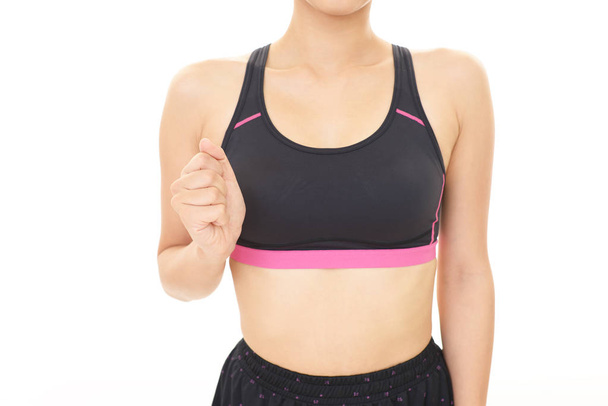
Aging and gravity are primary drivers of breast shape changes in most women. Several physiological effects lead to breasts becoming less perky tits with age.
Loss of Skin Elasticity
One of the most significant aging effects is decreased skin elasticity, allowing breasts to sag more easily over time. Collagen and elastin fibers that keep skin firm and flexible slowly degrade. This worsens with sun damage, smoking, etc. Gravity’s constant downward pull exacerbates this natural loss of elasticity.
Breast Ligament Changes
Cooper’s suspensory ligaments weaken and stretch with age. These ligaments provide structural support within the breasts, so their loosening contributes to tissue sagging or drooping over time.
Breast Volume Loss
Hormonal changes from perimenopause into menopause often reduce glandular and fatty breast tissue, causing shrinking breast volume. Loss of fullness contributes to a less perky tits appearance.
Effects of Gravity
Over decades, the force of gravity relentlessly pulls breasts downward. Heavier, larger breasts are disproportionately affected. Gravity also causes nipples to point downward rather than facing forward over time.
Understanding these natural physiological effects of aging helps women develop realistic expectations about breast changes. While some women consider surgical options to restore a more youthful breast appearance, others embrace these changes as a natural part of womanhood.
Options for Improving Breast Perkiness tits
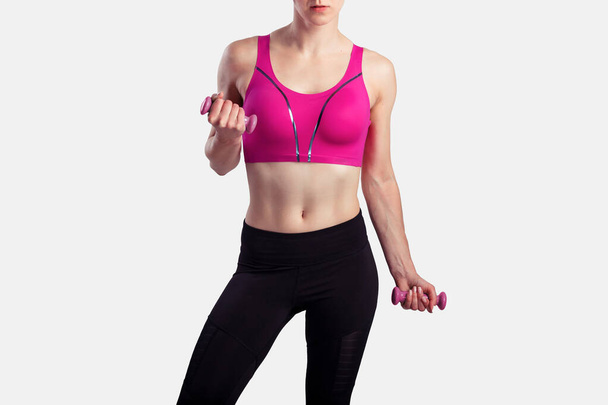
For women interested in enhancing breast perkiness, there are nonsurgical and surgical options to consider.
Nonsurgical Options
Some women try to achieve mild improvements in breast tits perkiness and firmness through conservative approaches:
- Exercise: Strength training to build chest muscles that support breasts from underneath. This provides a mild lifting effect.
- Supportive bras: Bras with underwire, padding, or compression effects can create a more lifted, rounded shape when worn. Bras do not change breast tissue itself.
- Topical treatments: Certain skin creams aim to improve elasticity, but few studies support significant effects. Moisturizing and massaging breasts may temporarily improve appearance.
- Posture: Standing straight with shoulders back lifts chest, allowing breasts to maintain a better position. This only affects appearance while maintaining proper posture.
For mild sagging, these options may provide temporary, subtle improvements in perkiness. However, results vary dramatically based on individual body characteristics.
Surgical Options
Those seeking major enhancements in breast perkiness often turn to plastic surgery:
- Breast lift: Removes excess skin, reshapes breast tissue, and repositions nipples higher. Provides dramatic lift and perk but does not change breast size.
- Breast augmentation: Implants added to increase breast size can make breasts appear perkier by filling out sagging tissue. However, implants do not stop natural sagging progression.
- Combination procedures: Many women get simultaneous breast lift and augmentation to increase both breast size and perkiness.
These invasive surgeries require extensive research to understand risks and recovery time. An experienced, board-certified plastic surgeon should assess a woman’s individual anatomy and goals to determine if she is a candidate. Surgery can produce permanent, noticeable improvements in breast perkiness, but does not halt aging.
Promoting Breast Health Through Diet and Lifestyle
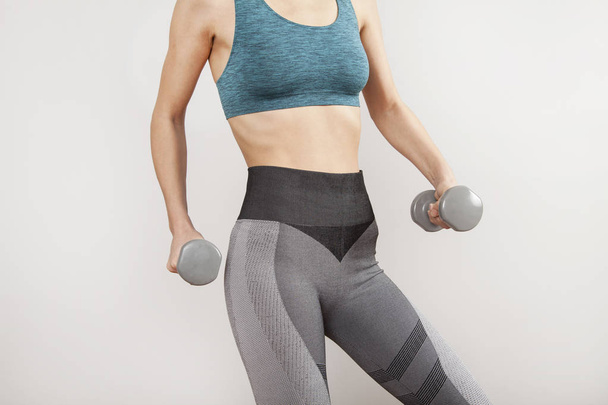
While breast appearance is heavily influenced by age and genetics, certain proactive measures can help support breast health:
Nutrition
Eating a balanced diet rich in antioxidants, healthy fats, and proteins promotes skin health and may enhance breast appearance:
- Proteins like fish, nuts, beans, etc. provide building blocks for firm skin.
- Antioxidants in colorful fruits and vegetables combat damage from free radicals.
- Essential fatty acids from salmon, avocados, olive oil etc. boost skin hydration.
- Vitamins E, C, B-complex, and minerals like zinc and selenium play roles in skin elasticity.
A nutritious diet supports overall health but is not proven to dramatically alter breast anatomy or aging.
Healthy Lifestyle Habits
Making healthy everyday choices can also contribute to breast wellness:
- Managing stress levels may influence hormone balance.
- Quitting smoking helps avoid accelerated skin aging.
- Minimizing alcohol intake supports skin health.
- Practicing proper posture and ergonomics reduces strain on breasts.
- Engaging in regular physical activity and maintaining a healthy weight.
Good lifestyle habits benefit long-term health and may slightly improve breast appearance.
Embracing Realistic Views of Beauty
Discussions of ideal breast shape and perkiness often revolve around unrealistic societal beauty standards that objectify women. The media frequently reinforces unrealistic, sexualized images of breasts that do not represent true diversity in breast appearance. This phenomenon can contribute to negative body image and self-perception among women.
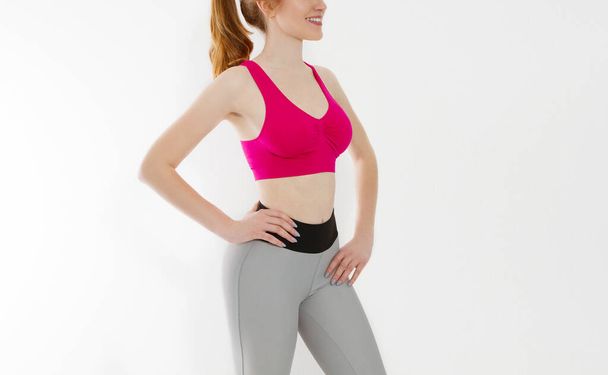
However, perspectives on beauty and breasts are evolving to embrace body acceptance and neutrality:
- Celebrating diversity in breast shape/size rather than holding up one “ideal”.
- Advocating for depictions of breasts that aren’t hyper-sexualized.
- Promoting health and self-care over appearance.
- Rejecting culture’s preoccupation with reversing natural signs of aging.
- Empowering women to feel confident in their bodies at every age.
Instead of striving for unrealistic standards, women are learning to care for their breasts in a holistic way that supports physical and mental health needs. Self-esteem and a positive self-image come from within. By tuning out damaging cultural messaging and fostering inner appreciation for their bodies, women can achieve lasting confidence and wellbeing.
The path to breast health includes understanding anatomy, considering medical options wisely, adopting healthy lifestyles, and learning to both embrace natural changes and honor their bodies as they are. With greater societal focus on realistic beauty and self-acceptance, women have an opportunity to redefine their relationships with their breasts on their own terms.
Examining the Quest for Perkiness
The concept of perky breasts is highly subjective and varies between individuals. However, some common motivations influence the desire for perkier breasts:
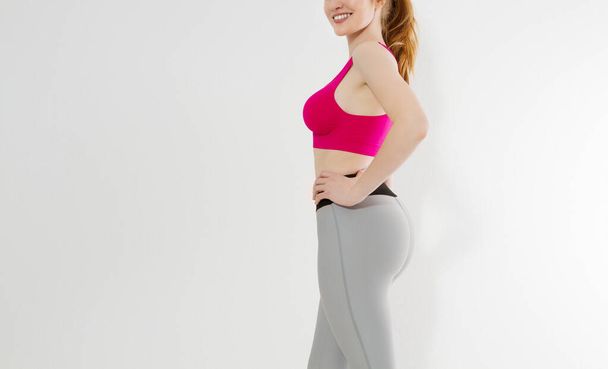
- Seeking to regain a youthful breast appearance
- Wanting to conform to perceived beauty ideals and social pressures
- Improving self-esteem related to breast appearance
- Enhancing sexual attractiveness and appeal
- Finding better fit and comfort in clothing
- Correcting size or shape asymmetries
For some women, the quest for perkier breasts is driven by underlying issues like body dysmorphia or distorted self-image. Being informed about the realities of breast aging and having a healthy self-perspective are important when considering changes to breast appearance.
Factors That Impact Breast Shape Over Time
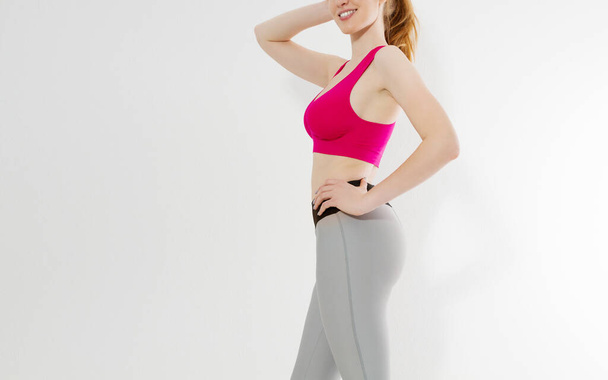
Breast appearance changes throughout a woman’s life span due to various influences:
Puberty and Development
- Breast growth and shape during puberty are impacted by genetics, body mass index, and hormone levels.
- Breasts continue developing into a woman’s early 20s. Fuller “upper pole” breast volume is common in youth.
- Breasts are composed mostly of glandular tissue at this stage, giving them a firmer, perkier composition.
Pregnancy and Breastfeeding
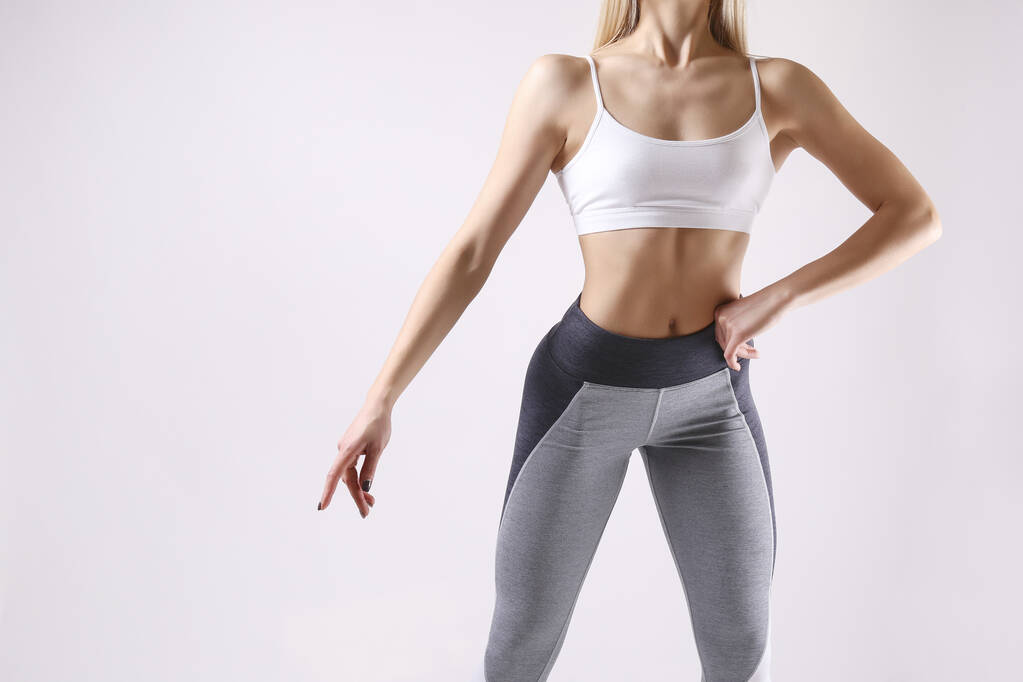
- Hormonal shifts during pregnancy prepare breasts for milk production. Breast size increases.
- Post-pregnancy and breastfeeding can deflate breasts or leave them sagging due to tissue/volume loss.
- Multiple pregnancies have a compounding effect on breast shape changes over time.
Menopause
- Declining estrogen levels often trigger glandular tissue loss and breast shrinkage/sagging.
- The magnitude of breast shape change varies widely among women during perimenopause and postmenopause.
- Genetics play a major role in determining the rate of breast ptosis (sagging) after menopause.
Weight Fluctuations
- Weight gain can increase breast size, stretching skin and exacerbating sagging.
- Significant weight loss often reduces breast volume. Skin may lack elasticity to retract.
- Yo-yo weight cycles can contribute to more severe breast drooping.
Aging, pregnancy, menopause, and weight instability all influence breast shape, but the timing and degree of changes are unique for each woman.
Surgical Options: Potential Benefits and Risks
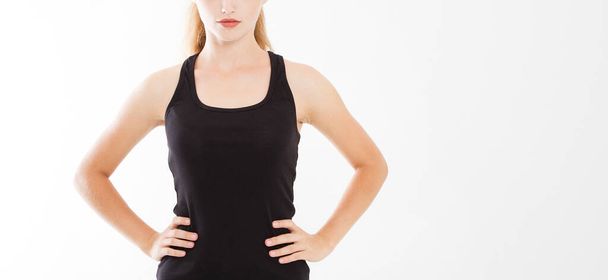
Breast lift and augmentation surgeries come with inherent risks and tradeoffs:
Potential Benefits
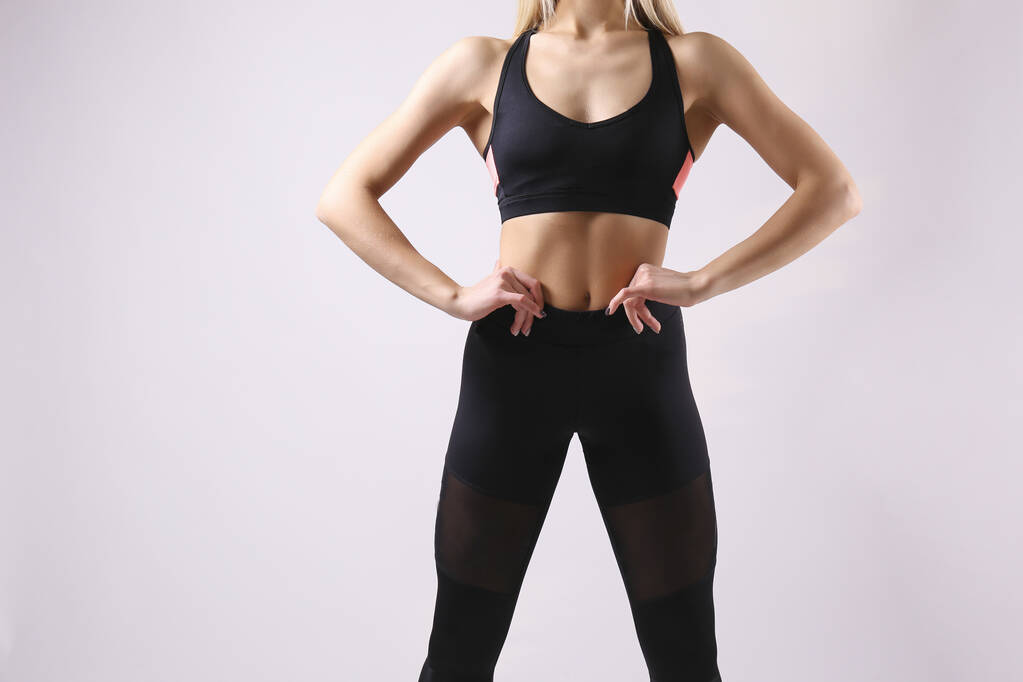
- Noticeable improvements in breast perkiness, fullness, and symmetry.
- Enhanced self-confidence and satisfaction related to breast appearance.
- Long-lasting, permanent changes (though additional surgeries may eventually be needed).
- In the case of lift surgery, the ability to reshape sagging breast tissue itself.
- With implants, increased cup size and fullness in the upper breast area.
Potential Risks and Downsides
- Loss of sensation in nipples or breast tissue due to nerve damage.
- Visible unevenness, rippling or palpability of breast implants over time.
- Capsular contracture causing breast firmness and distorted shape with implants.
- Scarring around nipples and along incision lines, which could worsen over time.
- Infection, bleeding or blood clots after invasive surgery.
- Need for additional surgeries in the future, especially with implants.
- Unnatural movement and feel of breast implants compared to natural breast tissue.
Surgeries also involve significant recovery time, discomfort, and inability to exercise or perform certain physical activities for weeks post-operation.
Thoroughly researching potential risks and complications can help in making fully informed decisions about elective breast surgeries. Consulting with both plastic and general surgeons helps ensure a balanced perspective perky titties.
Developing Inner Beauty and Self-Acceptance
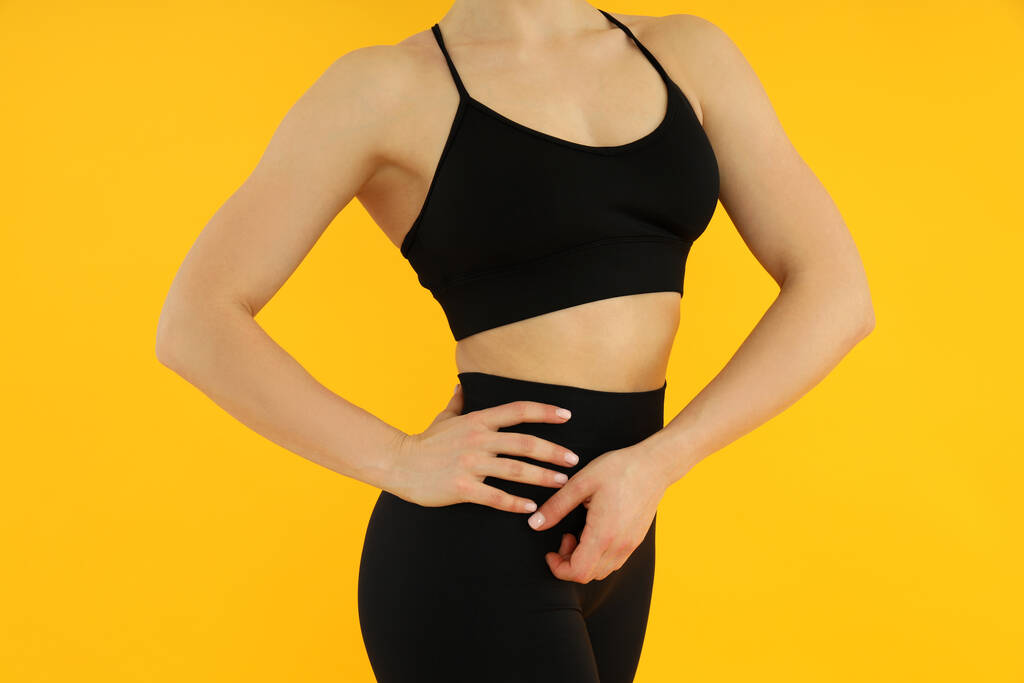
Developing deep self-esteem and body positivity involves tuning out external noise that fuels appearance pressures:
- Avoid constant comparison against unrealistic media images of breast appearance.
- Follow body positive activists working to widen beauty standards.
- Surround yourself with supportive people who boost your self-confidence.
- Keep a gratitude journal focused on non-appearance based traits.
- Focus on your unique talents, skills, and passion projects.
- Volunteer work and community service redirect emphasis to inward qualities.
- Take up practices like meditation, yoga, journaling to cultivate inner peace.
Instead of chasing elusive beauty ideals, fulfillment comes from nurturing our talents and relationships. By cultivating our inner life, we learn to see ourselves as worthy and whole just as we are. Our sense of beauty emanates from within.

